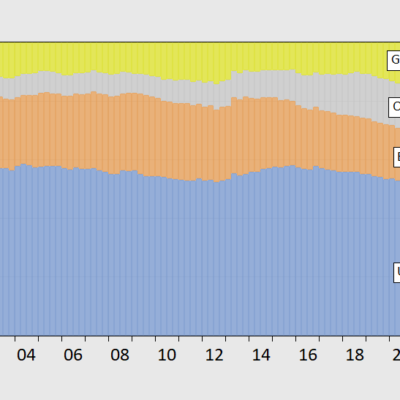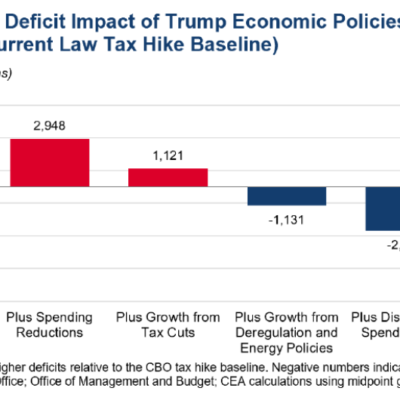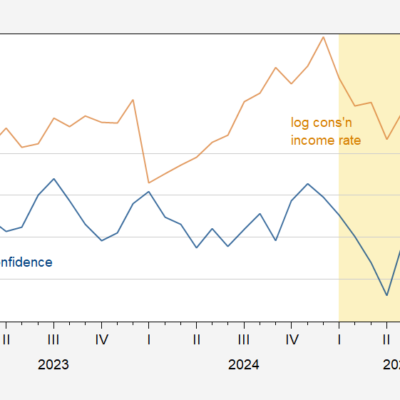
Gene editing can make larger tomato varieties sweeter
Paul Maguire/Shutterstock
If you like your tomatoes sweet, the smaller cherry tomato varieties are currently the ones to go for. But bigger tomato varieties could soon get a sweetness boost with the help of CRISPR gene editing.
The bigger a tomato is, the lower its sugar content usually is, says Jinzhe Zhang at the Chinese Academy of Agricultural Sciences in Beijing. Efforts to boost the sweetness of larger varieties have had downsides such as lowering yields.
So Zhang and colleagues compared different varieties to identify genetic variants that affect sweetness. They found that two closely related genes called SlCDPK27 and SlCDPK26 are more active in large varieties. These genes code for proteins that lower the levels of an enzyme that produces sugars.
When the team used CRISPR gene editing to disable these genes in a variety called Moneymaker, the levels of glucose and fructose in the fruits increased by up to 30 per cent with no decrease in yield. The fruits were also rated as sweeter in a taste test. The only other effect was fewer and smaller seeds, which consumers may prefer.
“We are working with some companies to develop some commercial varieties by knocking out these genes,” says Zhang. “It is still at the beginning stages.”
Besides tasting sweeter, another potential benefit is that fewer tomatoes will be needed to make tomato ketchup with the same sweetness level.
The gene-edited Moneymaker tomatoes aren’t as sweet as cherry varieties such as Sungold, but it should be possible to boost sweetness even further, says Zhang. “There are still many important genes that regulate sugar waiting to be discovered.”
A CRISPR-edited tomato that has high levels of a beneficial nutrient called GABA is already being sold in Japan – the first CRISPR food to go on sale – as well as being given away as seedlings.
The first ever genetically modified food to be sold commercially was also a tomato. Called Flavr Savr, it was sold in the US in paste form from 1994, but was later discontinued. Since last year, a purple GM tomato high in anthocyanins has been available in the US in fruit and seedling form.
Several countries, including Japan and China, have regulations that make it easier for gene-edited crops to get approval compared with other forms of genetic modification, not counting conventional breeding. China approved its first gene-edited crop last year, a soya bean with raised levels of oleic acid.
Topics:



